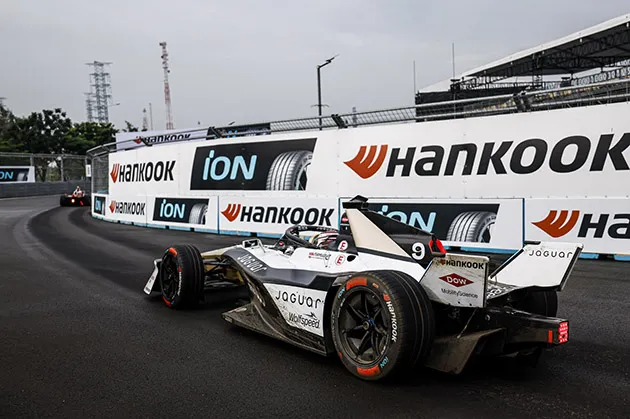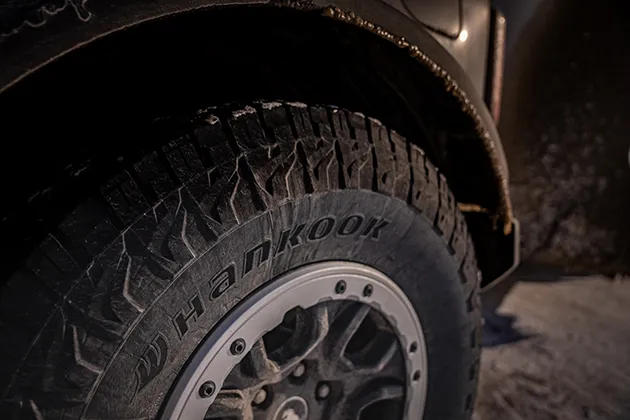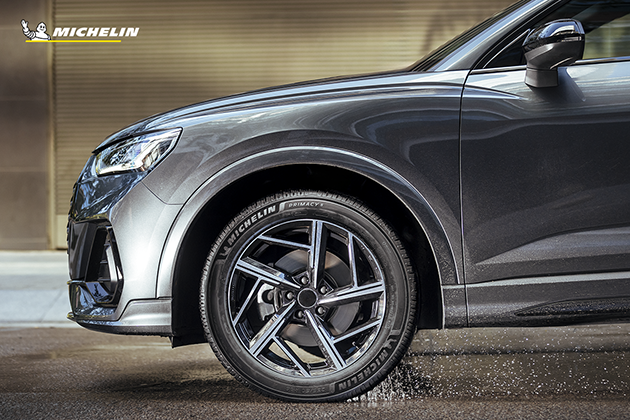Bridgestone unveiled its new passenger radial Ecopia EP300 tyre recently. Positioned as the next generation eco-tyre, the EP300 offers low rolling resistance and superior wet grip performance while delivering an extended wear life. With the innovative design concept and engineering solutions, EP300 is said to revolutionise and redefine the concept of an eco-tyre by bringing it to the next level as embodied in its tagline ‘When You Want It All’.
Bridgestone Malaysia Introduces the Ecopia EP300 Tire
The company claimed that demanding drivers that ‘Want it all’ now had in the market a p...
Bridgestone Malaysia Introduces the Ecopia EP300 Tire
The company claimed that demanding drivers that ‘Want it all’ now had in the market a p...







